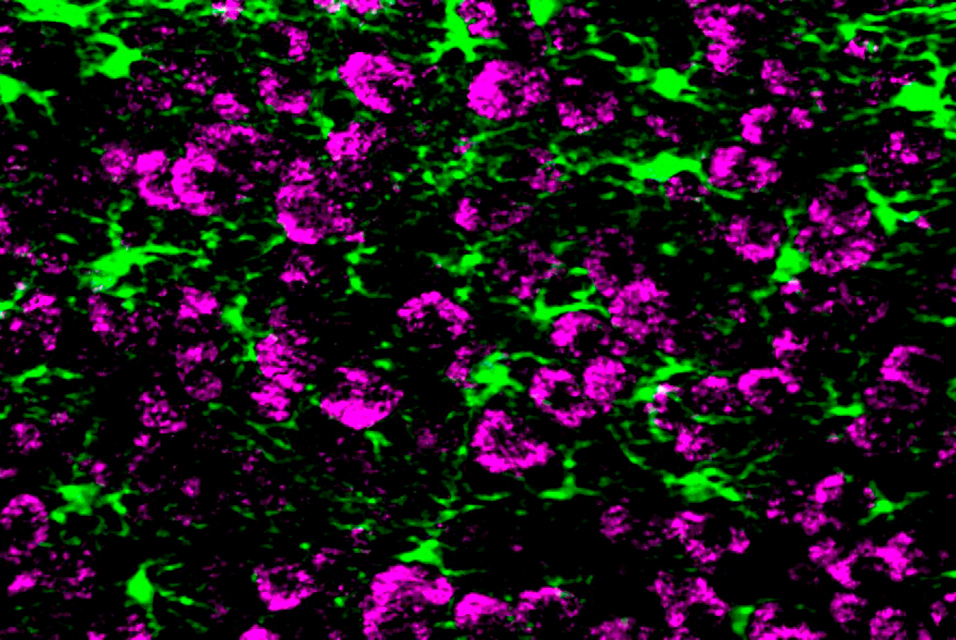SAN DIEGO, CA.- Brain cells called astrocytes play a key role in helping neurons develop and function properly, but there's still a lot scientists don't understand about how astrocytes perform these important jobs. Now, a team of scientists led by Associate Professor Nicola Allen of
The Salk Institute For Biological Studies has found one way that neurons and astrocytes work together to form healthy connections called synapses. This insight into normal astrocyte function could help scientists better understand disorders linked to problems with neuronal development, including autism spectrum disorders. The study was published in the journal eLife.
"We know that astrocytes could play a role in neurodevelopmental disorders, so we wanted to ask: How are they playing a role in typical development?" says Allen, a member of the Molecular Neurobiology Laboratory. "In order to better understand the disorders, we first have to understand what happens normally."
Synapses form critical connections between neurons, allowing neurons to send signals and information throughout the body. Astrocyte cells play a role in synapse development by giving neurons directions, such as telling them when to start growing a synapse, when to stop, when to prune it back, and when to stabilize the connection.
Allen and her team took a closer look at how this process plays out in the visual cortex of the mouse brain. They sequenced the RNA of astrocytes at different stages of brain development to assess gene activity and compared it with neuronal synapse development. They found that astrocyte signaling was directly related to each stage of neuronal development. The researchers then wanted to know how the astrocytes knew to make these signals at the right time.
First, the researchers looked at what happened to the astrocytes when they changed the neurons' activity. To do this, they stopped neurons from releasing a neurotransmitter called glutamate that can signal to astrocytes, and this stopped the astrocytes from showing the typical developmental changes. Next, the scientists stopped the astrocytes from responding to neurotransmitters, and found this stopped the astrocytes from expressing the right signals. With both these manipulations, the development of synapses was also disrupted, in line with the changes observed in the astrocytes.
Collectively, the findings suggest that astrocytes are responding to neurotransmitters produced by neurons to control the timing of when astrocytes produce signals to instruct neuronal development, according to Allen.
"It makes sense that you have this constant feedback going on between the neuron and the astrocyte," says Allen. "They are sending signals to each other: 'Am I in the right place?' 'Yes, you are.' 'I've made a connection now—do I keep it?' 'Yes, you do.' And they keep going back and forth."
Next, Allen and her team are studying whether these signals can be manipulated—for example, to stimulate neurons to repair synapses or form new ones in disorders of aging, such as Alzheimer's disease.
Other authors included Isabella Farhy-Tselnicker, Matthew M. Boisvert, Hanqing Liu, Cari Dowling, Galina A. Erickson, Elena Blanco-Suarez, Maxim N. Shokhirev and Joseph R. Ecker from Salk; and Chen Farhy from Sanford Burnham Prebys.









